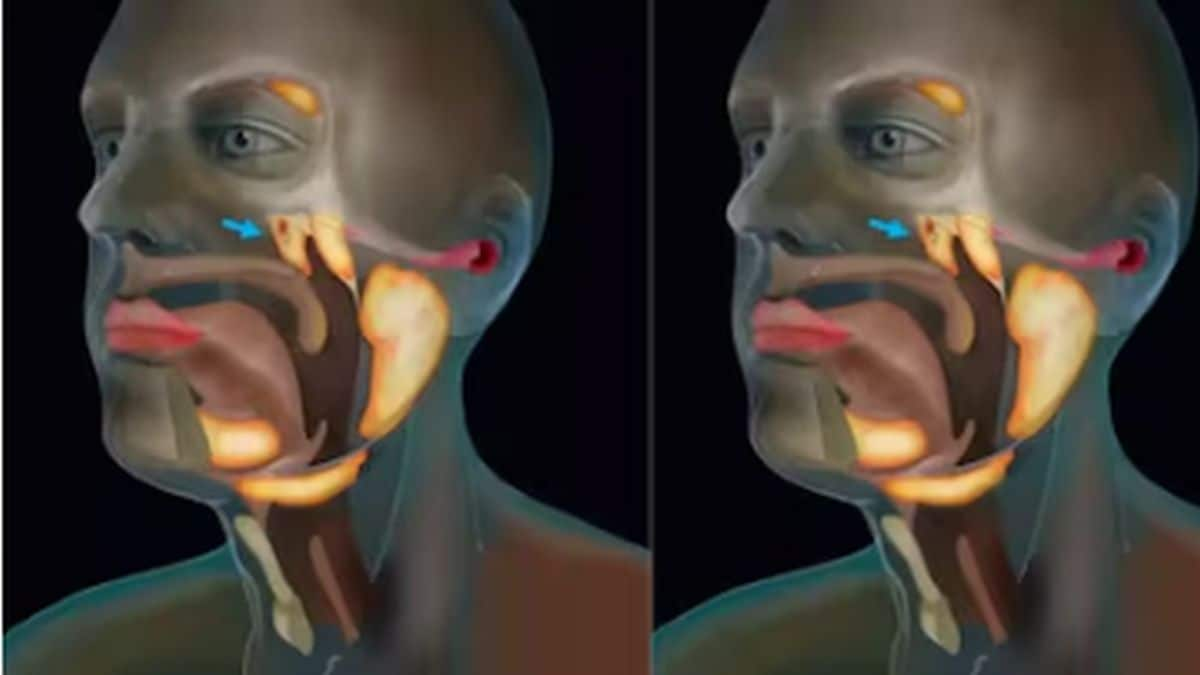An average smoker takes approximately 200 puffs of nicotine per day, and over 70,000 puffs a year. Right after you have smoked a cigarette, your brain starts waiting for the next. Some studies have also concluded that nicotine is as addictive as crack cocaine. [caption id=“attachment_8428241” align=“alignleft” width=“380”]  Representational image. Image by Hachem Moujoud from Pixabay.[/caption] No matter how long you have been smoking; if you stop smoking, the body will start healing. To begin with, you need to fight the urge at the most difficult times of the day, like mornings. If you plan to quit smoking this World No Tobacco Day, here are seven tips that can help you deal with the morning cravings: 1. Prepare yourself in advance: Clean your house thoroughly. Clear all the reminders and triggers of smoking such as cigarettes and ashtrays from your house and car. If you live with someone who smokes, ask them to not smoke in front of you, especially at the time of the day when you most crave a cigarette. 2. Scribble down your morning routine: Thoroughly think about your morning routine. Make a note of when do you smoke in the morning. Is it while reading the newspaper? Is it just after you wake up? Is it when you drive to work? By making such notes, you can plan to modify your routine, to avoid such triggers. 3. Mix up your morning schedule: Once you have noted down your routine and identified the triggers, try to mix up your routine to avoid those triggers. If you are used to smoking a cigarette in the morning, try going for a walk first thing in the morning instead. 4. Change your breakfast menu: If you are used to smoking a cigarette with your coffee in the morning, try drinking some orange juice instead. Even changing your breakfast place can help you alter the ritual. Also, swap your first cigarette with a glass of water. It will help you alter the routine and will keep you hydrated. 5. Exercise in the morning: Add some regular exercise into your routine. This will boost circulation in your body, energize you, and help you fight the nicotine withdrawals better. 6. Change your driving routine: If you have been smoking while driving to work, try going from a different route. You should also try listening to songs that you can sing along to while driving. This will help you resist the urge to smoke. If you spot someone smoking while driving, or pause at a red light, remind yourself firmly that you do not smoke anymore. 7. Reward yourself for staying strong: Set goals for yourself. Every time you stay strong and allow the urge to pass, reward yourself with acknowledgement and appreciation. Remember that with every morning you don’t start with a cigarette and every smoke-free day you live, you get one step closer to a smoke-free healthy life. Following these steps with will-power and motivation, one can get rid of their smoking habit and the life-threatening effects it may have on your life. This article was written by Dr Mohit Agarwal. Additional Director & Head, Fortis Hospital, Shalimar Bagh, Medical Oncology. For more information, read our article on How to quit smoking. Health articles in Firstpost are written by myUpchar.com, India’s first and biggest resource for verified medical information. At myUpchar, researchers and journalists work with doctors to bring you information on all things health.
An average smoker takes approximately 200 puffs of nicotine per day, and over 70,000 puffs a year.
Advertisement
End of Article


)

)
)
)
)
)
)
)
)



